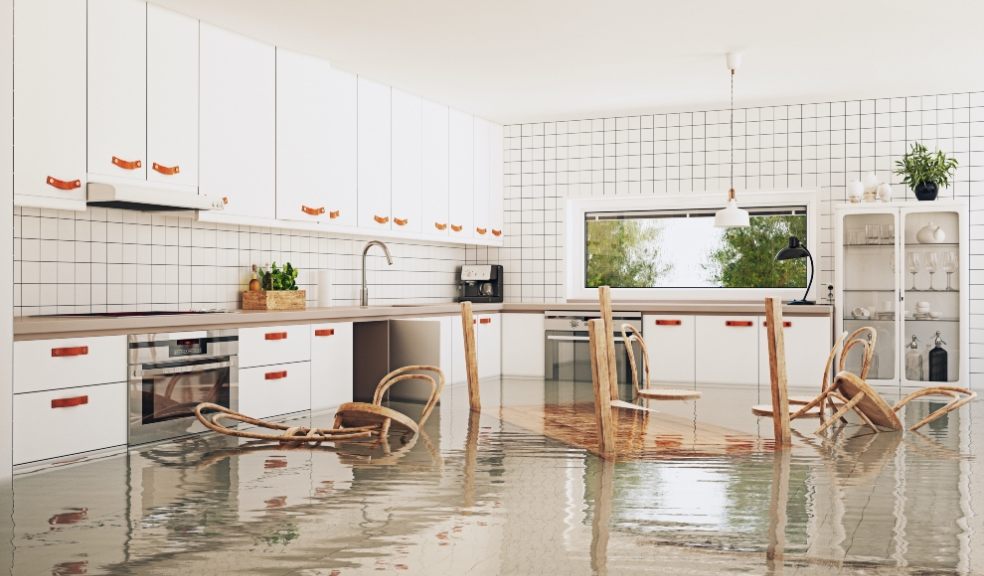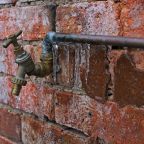
2 Dos and Don’ts of Flood Damage Restoration
Once flooding has hit your home, there’s a right and wrong way to address the situation. Mishandling the flood damage restoration process can lead to structural damage and mold growth. However, when you follow the correct steps and seek help from flood damage specialists, you can restore your home back to its previous glory. And that’s what this post is all about.
In the next few minutes, you’ll learn about the steps you should and shouldn’t take after flood damage. Keep on reading to learn more.
What is Flood Damage?
Flood damage refers to the harm caused by floods to people, properties, and infrastructure.
Floods are typically caused by heavy rainfall, tsunamis, and storms. Flood water carries large amounts of debris that strike homes at high-speed, causing structural damage. Further, flood water contains contaminants that pose health hazards to people.
Generally, there are two types of flood damage; direct and indirect. Direct flood damage is the harm caused when floodwater contacts people or property physically. On the other hand, indirect flood damage occurs when floodwater disrupts daily activities.
What is Flood Damage Restoration?
Flood damage restoration is a process involving the removal of flood water, decontamination of your home, and implementation of repairs in the aftermath of a devastating flood.
Flood restoration can be accomplished through different methods, but this will depend on the severity of the damage. If the damage is minor, you only need to clean, dry and repair the affected areas. But if the damage is severe, you may need to ask for help from a water damage specialist.
Suppose you’re dealing with severe flood damage. This blog post provides relevant information on choosing the right water damage restoration company to help salvage your property.
The Dos of Flood Damage Restoration
Here’s a list of things you should do to restore your home after floods:
- Do Contact Flood Damage Restoration Specialists
The first step towards restoring flood damage is calling professionals to help. Trying to handle the process yourself may lead to more harm than good. At this point, you’re probably overwhelmed and might mess up in salvaging your property. And you likely don’t have the necessary equipment and experience to handle the process.
There are many benefits of hiring professionals to mitigate flood damage. For instance, they respond to calls immediately and conduct the restoration process quickly. They’re always ready and equipped with the tools and experience to handle the job in the shortest time possible.
Additionally, hiring professionals ensures your home is completely protected from mold growth. Finally, professionals inspect your home and advise you on what can and can’t be reused.
However, with many flood damage specialists, choosing the right one for the job can be daunting. That’s why you should consider factors such as the type of flood damage a particular company deals with, certification and insurance, experience, and reputation before working with a given flood restoration provider.
- Do Call Your Insurance Company
Another crucial thing to do during flood restoration is to inform your insurance company about the flood damage. It’s advisable to call your insurance company first before restoration specialists arrive. This allows the insurer to send an adjuster to assess and document the flood damage before any repairs are executed.
Nonetheless, if the insurance company can’t send an adjuster to assess the damage, do it yourself with the help of the restoration specialists and send it to the insurer.
Take photos and ask for a sworn statement from the restoration specialists – these will serve as pieces of evidence your can forward to your insurer. And remember to document all the expenses incurred during the restoration process. All this information will act as proof to help you get fully compensated.
The Don’ts of Flood Damage Restoration
Now that you know the things that you should do, avoid the following during flood damage restoration:
- Don’t Re-enter Your Home Until it’s Safe
Avoid re-entering your home after flood damage until qualified professionals approve it. Why? Your safety is at high risk.
For instance, stepping on flood water can lead to fatal shocks if it’s in contact with a live power supply.
Additionally, if your house has a sagging ceiling or roof due to flood damage, avoid entering the room, as the roof might collapse and cause serious injuries. You should avoid entering your home if it’s infested with mold and mildew too.
Nevertheless, once you’re cleared to re-enter the house, do so and relocate items that can be reused.
- Don’t Hesitate to Contain the Damage
When it comes to flood damage restoration, time is of the essence. Begin the restoration the soonest. Once it’s declared to be safe to enter the premises of your house, start containing the flood’s damage.
Remove undamaged valuables from wet areas, as well as relocate electronic items and essential documents before they sustain water damage. Avoid handling extensive restoration on your own; leave the job to the professionals.
Conclusion
Flood damage restoration can be devastating and dangerous, especially to homeowners who have never experienced it. The restoration can even be challenging if you don’t know what to do and what not to do. Fortunately, with the abovementioned information, you’re equipped with tips to help you be safe after flooding and while carrying out flood damage restoration to your property.













